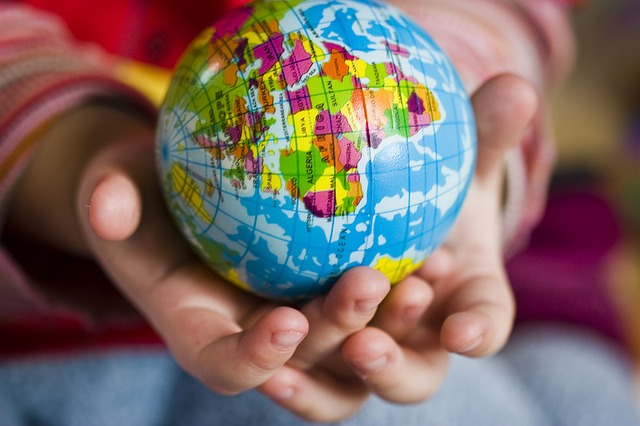What is localization?
By Maeva Cifuentes
You may have heard of localization. Despite the research and number of books written on the topic, we still struggle to find a consensus on its definition. Today, traditional translators have turned into localizers. In what we could consider one of the most important publications on the matter, Jiménez-Crespo defines localization as “a complex communicative, cognitive, textual and technological process by which interactive digital texts are modified to be used in different linguistic and sociocultural contexts, guided by the expectations of the target audience and the specifications and degree requested by initiators” (2013). In his book, Translation and web localization, he spends at least an entire chapter examining the various definitions of globalization.
Usually, when we hear localization, we think of websites and software; it is a process involving not only the linguistic skills of the translator but the technical skills of an engineer, ultimately integrating the skills of a team of people. However, a quick Google search will tell you that localization, in reflection of Jiminéz-Crespo’s definition above, is a process by which a product or document is culturally adapted to the locale, a process which includes, but is not limited to, translation. Overall, the process takes place over three steps: globalization, internationalization, and finally, localization. Globalization is the foundation of the process. In this context, it refers to considering the global audience when designing products or writing documents. Internationalization makes the product culture-neutral to facilitate the translation process. Finally, localization is the actual adaptation to the target market, including the translation step.
The word ‘localization’ comes from the word ‘locale,’ which is where your target audience is and where their culture and customs take place. Given this definition, have translators become localizers now? Discard the idea that localization refers only to website or software translations. Localization, in fact, is what translators today are expected to do. A translator is expected to know both the source and target audiences, and the customs present in the latter’s locale. Furthermore, a good translator will adapt the text or product to the culture of destination without having to be told that they are expected to ‘localize’ the text. Could we say, then, that we are no longer mere ‘translators,’ but now ‘localizers’? Progressively, the translator must have much more than simple translation in mind: he or she must consider the target culture, the purpose of the translation (or document, product, service, whatever needs to be adapted), intention of the source text and the original author, extensive knowledge of the subject matter and its workings in the target locale, etc. In fact, the simple ‘translation’ process no longer exists, unless you look to machine translation, which is unable to consider any of the above factors.
Accordingly, the localization process, requiring an entire team of engineers and linguists, should not be confused with what a localizer does, which now is what all good translators do. Perhaps the process should be given a new name. However, it may be a long time before we all agree on what localization really is. When asked ‘what is localization?’, we can simply say it is taking a product or document and simply translating it while simultaneously adapting it to the target culture – though in today’s market, that can also be called translation.
Jimňez-Crespo, M.A. (2013). Translation and web localization. Routledge, London.


